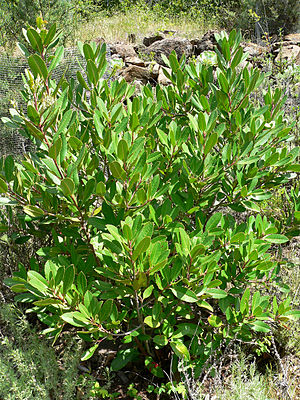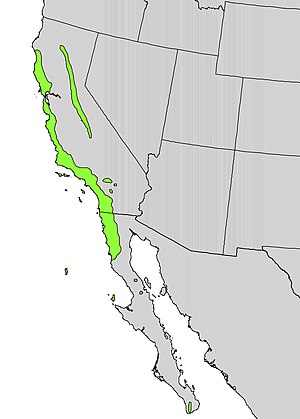Difference between revisions of "Heteromeles"
Jump to navigation
Jump to search
m (1 revision: Heteromeles) |
(Cut down) |
||
| Line 1: | Line 1: | ||
| − | |||
{{Taxobox | {{Taxobox | ||
| image = Heteromeles arbutifolia 1.jpg | | image = Heteromeles arbutifolia 1.jpg | ||
| Line 27: | Line 26: | ||
|range_map_caption = Natural range | |range_map_caption = Natural range | ||
}} | }} | ||
| − | |||
| − | |||
| − | |||
| − | |||
| − | |||
| − | |||
| − | |||
| − | |||
| − | |||
| − | |||
| − | |||
| − | |||
| − | |||
| − | |||
| − | |||
| − | |||
| − | |||
| − | |||
| − | |||
| − | |||
| − | |||
| − | |||
| − | |||
| − | |||
| − | |||
| − | |||
| − | |||
| − | |||
| − | |||
| − | |||
| − | |||
| − | |||
| − | |||
| − | |||
| − | |||
| − | |||
==References== | ==References== | ||
{{reflist}} | {{reflist}} | ||
| − | + | {{Ack-Wikipedia}} | |
| − | |||
| − | |||
| − | |||
| − | |||
| − | |||
| − | |||
| − | |||
| − | |||
| − | |||
| − | |||
| − | [[Category: | + | [[Category:Rosaceae]] |
| − | + | [[Category:Plants for Keenan to eat]] | |
| − | |||
| − | |||
| − | |||
| − | |||
| − | |||
| − | |||
| − | |||
| − | |||
| − | |||
| − | [[Category:Plants | ||
| − | |||
| − | |||
| − | |||
Revision as of 12:17, 20 December 2017
| Heteromeles | |
|---|---|

| |
| Toyon bush in habitat | |
| Scientific classification | |
| Kingdom: | |
| (unranked): | |
| (unranked): | |
| (unranked): | |
| Order: | |
| Family: | |
| Subfamily: | |
| Tribe: | |
| Subtribe: | |
| Genus: | Heteromeles M.Roem. nom. cons. 1847
|
| Species: | H. arbutifolia
|
| Binomial name | |
| Heteromeles arbutifolia | |

| |
| Natural range | |
| Synonyms[5] | |
| |
References
- ↑ Germplasm Resources Information Network, 1910
- ↑ Potter, D., et al. (2007). Phylogeny and classification of Rosaceae. Plant Systematics and Evolution. 266(1–2): 5–43. [Referring to the subfamily by the name "Spiraeoideae"]
- ↑ Jepson Flora Project (1993) Heteromeles arbutifolia, University of California, Berkeley
- ↑ Tropicos.org, retrieved 11 November 2016
- ↑ James B. Phipps (2015), "Heteromeles arbutifolia (Lindley) M. Roemer, Fam. Nat. Syn. Monogr. 3: 105. 1847", Flora of North America, 9
Acknowledgements
This article uses material from the Wikipedia article Heteromeles, which is released under the Creative Commons Attribution-Share-Alike License 3.0.